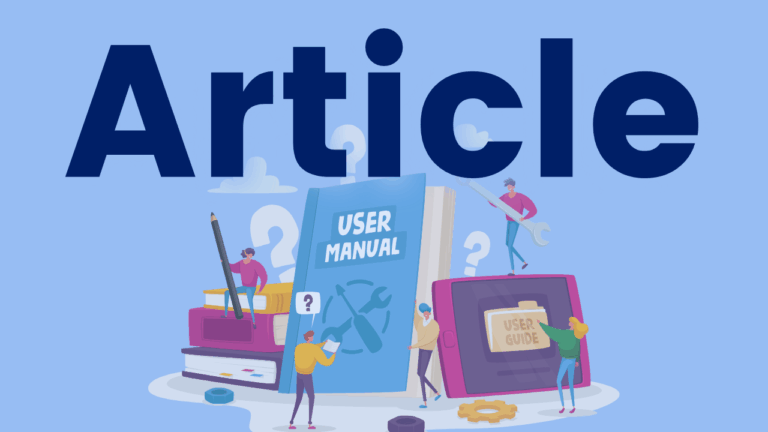How to Teach Critical Thinking
In this Occasional Paper Series from Education Future Frontier, cognitive scientist Daniel Willingham takes a deep dive into the science behind teaching critical thinking and offers strategies such as understanding the domain knowledge required for understanding, creating conditions for transferable skills, and understanding the structure of the problem, to help students gain and use critical…


